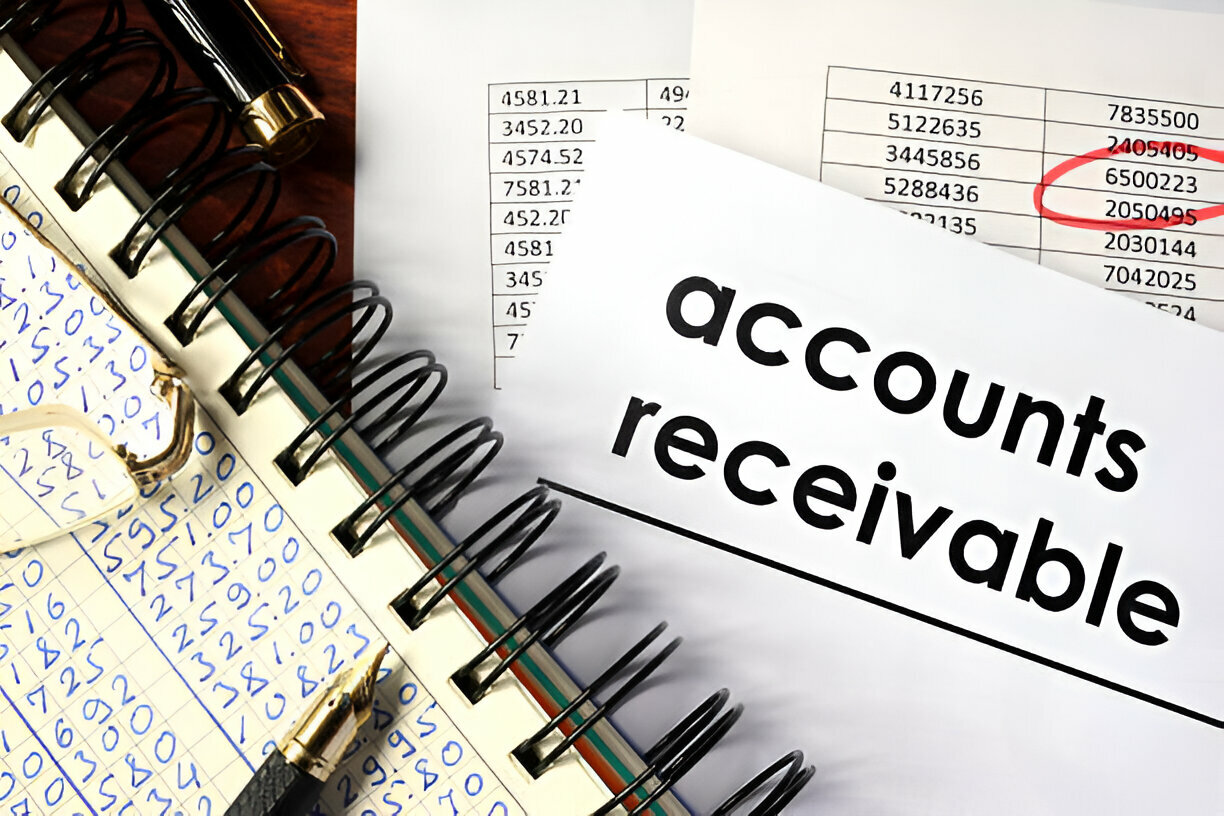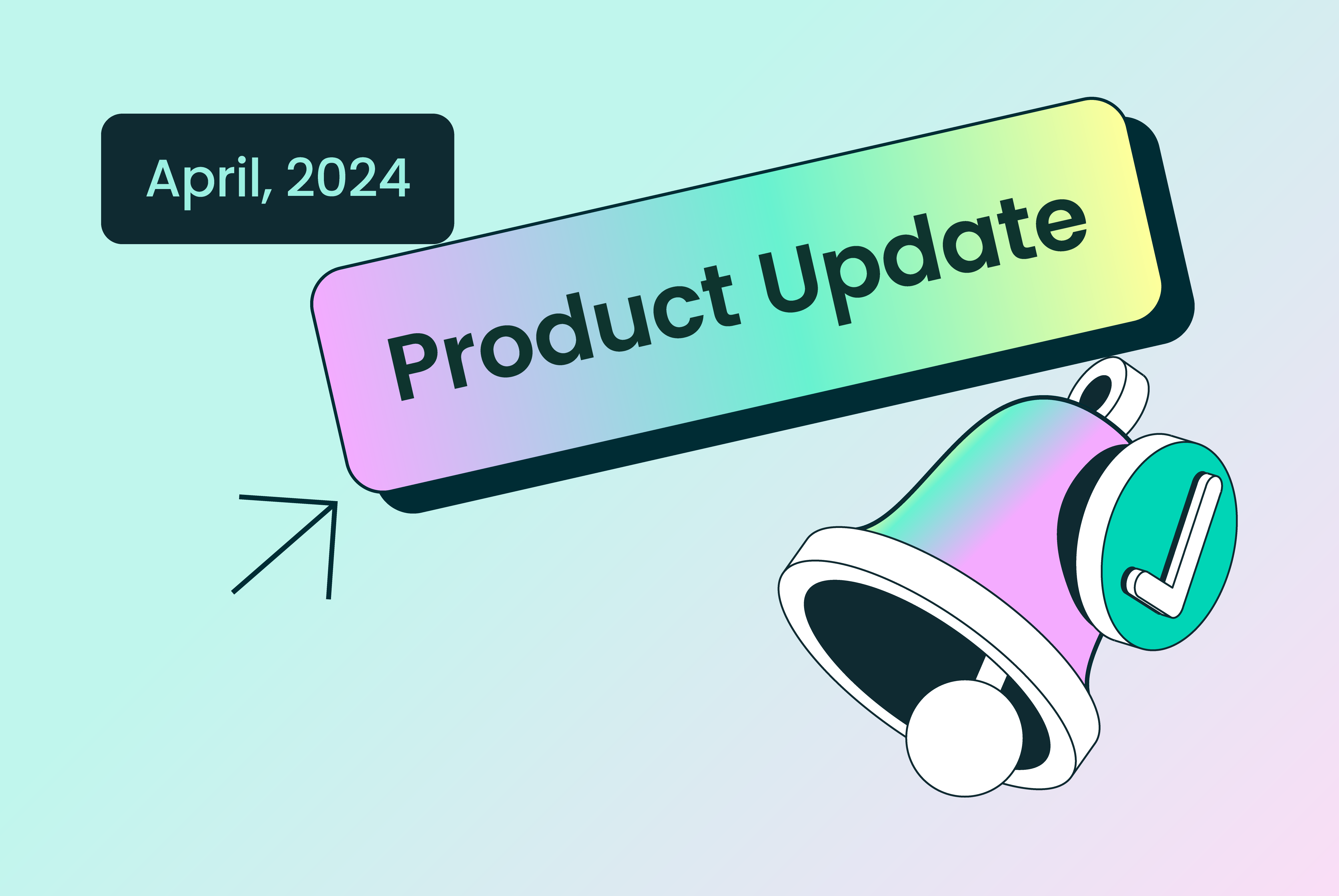Traditionally, Account Payable departments have been inundated with paper invoices, manual data entry, and cumbersome approval workflows. However, with technological advancements, transitioning to a paperless AP process has become feasible and highly beneficial. By digitizing and automating your AP process, you can reduce errors, save time, and improve overall productivity.
Curious about ERPs? Here is how your team can benefit from them.
Here’s how to make your accounts payable process paperless:
- 1. Embrace Electronic Invoicing:
The first step in transitioning to a paperless AP process is to adopt electronic invoicing. Encourage your vendors to send invoices electronically via email or through a dedicated online portal. Electronic invoices eliminate the need for physical paperwork and streamline the invoice delivery process. Additionally, electronic invoices can be automatically captured and entered into your AP system, reducing manual data entry errors and accelerating processing times. Duplo’s Vendor Portal offers an all-in-one suite of functionalities that help businesses and their vendors improve collaboration through electronic invoicing, automated notifications, and invoice financing.
- 2. Invest in AP Automation Software:
Investing in AP automation software is essential for streamlining your accounts payable process. AP automation software automates invoice processing, approval workflows, and payment disbursement. Some of these platforms use technologies such as optical character recognition (OCR) and machine learning to extract data from invoices, route them for approval, and facilitate electronic payments. By automating repetitive tasks with software like Duplo, AP automation software frees up valuable time for your finance team to focus on strategic activities.
- 3. Implement Document Management Systems:
Document management systems (DMS) play a crucial role in transitioning to an automated accounts payable process. DMS platforms allow you to digitize and store invoices, receipts, and other financial documents in a centralized digital repository. With advanced search capabilities and version control features, DMS platforms make it easy to retrieve and manage documents securely. By eliminating the need for physical file storage and retrieval, DMS platforms improve accessibility, compliance, and audit readiness.
- 4. Enforce Digital Approval Workflows:
Digital approval workflows streamline the invoice approval process and ensure timely payments. With digital approval workflows, invoices are automatically routed to the appropriate stakeholders for review and approval based on predefined rules and hierarchies. Stakeholders can easily review invoices, add comments, and approve payments from any device with internet access. By eliminating paper-based approval processes, digital approval workflows reduce bottlenecks, improve visibility, and enhance accountability. Duplo’s Approval Workflows offers a range of permissions and roles through its approval workflow system and even gives you the liberty to create custom roles to suit your organization’s needs.
- 5. Enable Electronic Payments:
Transitioning to automated accounts payable processes is a key component of a paperless AP process. Electronic payments, such as virtual credit card payments, USSD, and bank transfers, offer numerous benefits over traditional paper checks. Electronic payments are faster, more secure, and incur lower transaction costs. Additionally, electronic payments can be seamlessly integrated with your AP automation software, further streamlining the payment process and reducing manual intervention.
- 6. Train and Educate Staff:
Transitioning to a paperless AP process requires buy-in and cooperation from your finance team. Provide comprehensive training and ongoing support to ensure that your staff is proficient in using new technologies and adhering to digital workflows. Emphasize the benefits of a paperless AP process, such as improved efficiency, reduced errors, and enhanced collaboration. Encourage feedback from staff members and continuously refine your processes to address any challenges or concerns.
- 7. Monitor and Analyze Performance:
Once you have implemented a paperless AP process, it’s essential to monitor performance metrics and analyze key indicators of success. Track metrics such as invoice processing time, approval cycle time, and error rates to identify areas for improvement. Leverage reporting and analytics tools provided by your AP automation software to gain insights into process efficiency and compliance. Use this data to make informed decisions and optimize your paperless AP process over time.
Transitioning to an automated accounts payable process offers numerous benefits for businesses, including increased efficiency, reduced costs, and improved accuracy. By embracing paperless processes, you can improve your AP process and position your business for success. To start the transition for your business with Duplo today, click here.




